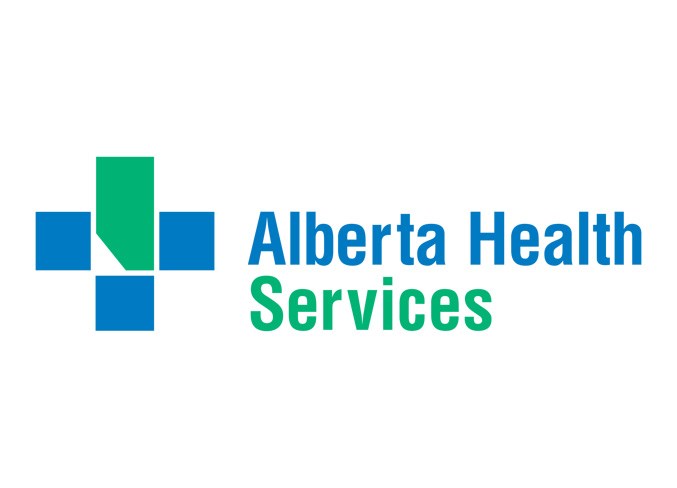Blue-green algae has spread throughout the Lakeland.
So far this summer, numerous lakes have fallen under an Alberta Health Services (AHS) advisory for blue-green algae blooms.
The bacteria has been spotted at the Cold Lake Marina, as well as on Moose Lake and Kehewin Lake.
“We have lots of blue-green algae advisories all over the province. It’s not uncommon for a lake to have blue-green algae in the summertime,” expressed Mayank Singal, AHS medical officer of health for the northeast region.
However, this hasn’t been the case for Cold Lake.
“We haven’t had a blue-green algae advisory on Cold Lake for a few years; this is relatively new for Cold Lake,” Singal added.
AHS is advising residents blooms have been identified in the Cold Lake Marina, but that doesn’t mean they can’t be found elsewhere on the lake.
Cyanobacteria, which is more commonly known as blue-green algae, can look like blue-green, greenish-brown, or pinkish-red scum.
“They will have a musky or grassy smell to them. They will probably look like scum, other times they can look like grass clippings or globs,” Singal detailed. “If you see a bloom in the Cold Lake area, just don’t go into that area of water, but if you don’t see a bloom, then it’s okay to use it for recreational purposes but not for drinking purposes.”
Coming into contact or ingesting the bacteria can cause irritation to the eyes, skin, and lips. Vomiting, diarrhea, a sore throat, fever, and nausea can also occur.
Symptoms generally appear within one to three hours and can last one to two days.
In order to prevent coming into contact with the bacteria, AHS recommends avoiding using areas where blue-green algae blooms are visible, whether it’s for swimming, drinking, or recreational purposes.
“If there is a visible bloom, that means there’s a risk and people shouldn’t be drinking or cooking with that water, but also no recreational activity there either,” expressed Singal. “If you see a bloom in the Cold Lake area, just don’t go into that area of water, but if you don’t see a bloom, than it’s okay to use it for recreational purposes but not for drinking purposes.”
Singal added, even water that has been boiled isn’t okay for cooking or drinking “because even boiling doesn’t get rid of the toxins” caused by the bacteria.
AHS also suggests not consuming fish trimmings from a lake that has been identified as having blue-green algae, however, eating fish fillets is okay.
“It’s the way the fish accumulate the toxins. In the fillets, there isn’t any toxins to worry about,” explained Singal.
Humans aren’t the only ones who shouldn’t ingest or come into contact with the blooms.
Pets and livestock are also susceptible to the bacteria, and while the advisory is in affect, AHS is recommending the public use an alternate source of drinking water.
“Those toxins are applicable to both humans and animals,” Singal said.
According to Singal, advisories for blue-green algae generally last all summer.
“They tend to last until the end of the season, which is well into the fall. There won’t be much change until the water cools down.”
Anyone looking for more information, or health concerns regarding blue-green algae, is asked to call Health Link at 811, or visit AHS’ website.



